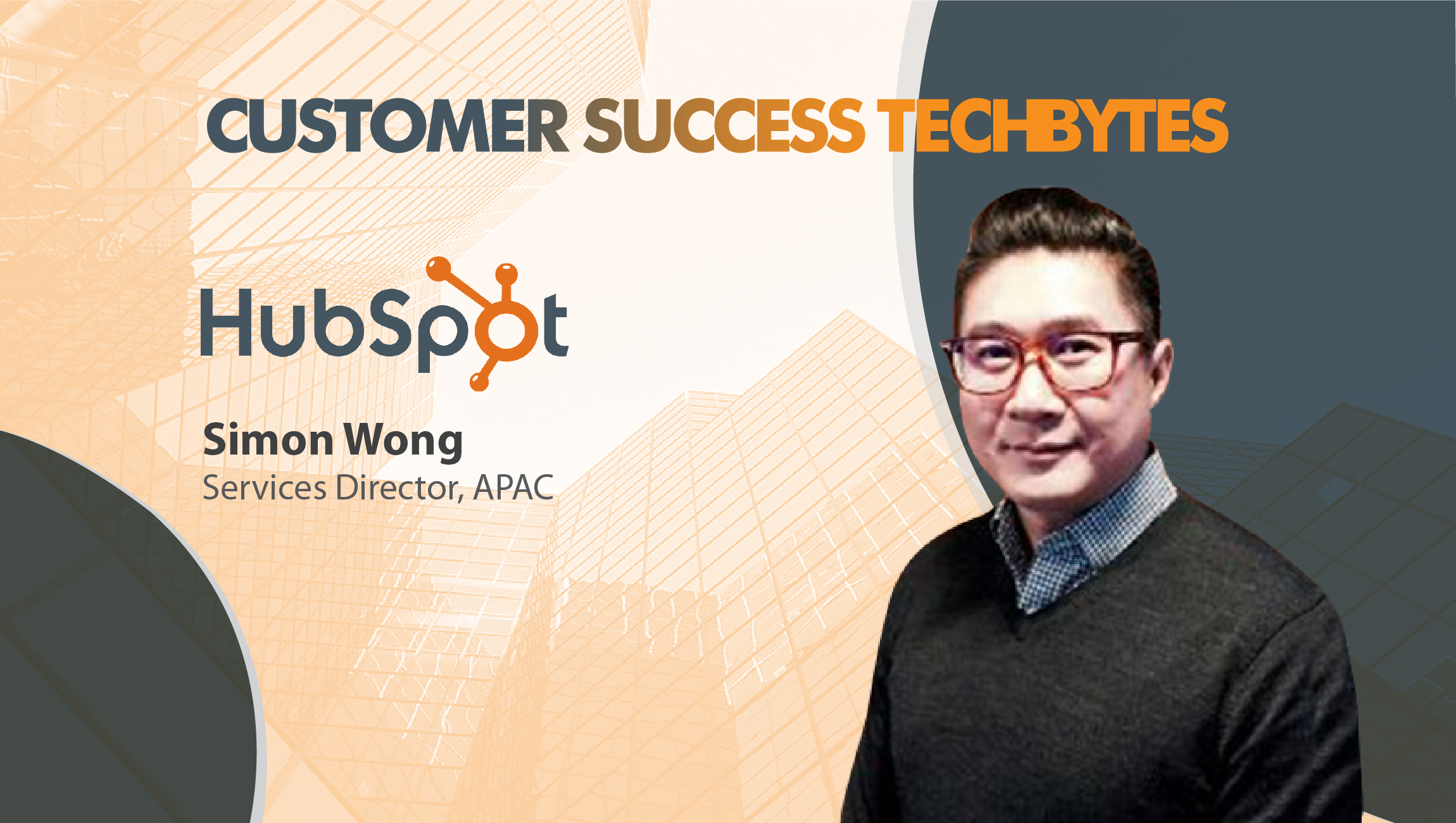We spoke to Simon Wong, APAC Services Director, HubSpot to understand how their products help Sales and Marketing come together and how their Predictive Lead Scoring Model works.
Html code here! Replace this with any non empty text and that's it.
Tell us about your role at HubSpot and the team you handle?
I’m the Director of APAC Services and manage various teams, such as Onboarding, Customer Success, Partner Services, Recurring and Professional Services. I’m based in Singapore but work across various offices in Asia (Singapore, Australia, and Japan). The APAC Services organization is focused on the post-sale experience of our APAC based customers.
How much of a role does AI play in HubSpot’s inbound marketing tools?
Inbound marketing helps you attract customers with content designed to attract qualified prospects, convert them into leads and customers, and grow your business. Basically, Inbound is all about attracting customers with content that’s helpful, relevant and timely. It’s about warm connections, nurturing relationships and doing things in a more personal and friendly way.
In 2017, HubSpot acquired Kemvi, the company behind DeepGraph. By infusing more data, artificial intelligence and machine learning into the core foundation of our software, our customers are able to truly create hyper-personalized experiences at scale. For example helping with information about buyers, markets and products, helping salespeople understand the nuances of their customers’ behavior.
Which countries within APAC region are showing keen interest? Are there any specific requirements that you observed?
For us, we’ve seen an increase in conversations around AI, specifically around efficiency and scale, from marketers and sales professionals in Singapore, Australia, and India. We have to bear in mind that these conversations, from my perspective, are still quite narrow. They are mostly around topics such as chatbots, personal assistants or simple task-based programs.
How does HubSpot serve the sales executive in doing his job better?
We make it easier for salespeople to reach their prospects and close deals. For example, being able to schedule emails to go out at a specified date and time, or using machine learning to send emails to prospects when they are most likely to engage. Simple to use, elegantly designed software that provides relevant, rich and timely data, and allows collaboration with marketing teams. What’s not to like?
How much scope does the product offer to customize requirements based on their business?
At time of writing, customization is limited to branded templates. However, we do provide an open API and online developer resources for developers if they want to do further customizations.
What can SMEs stand to gain from HubSpot’s offering?
SME’s can easily manage inbound marketing and sales all on one platform – which makes the communication process between teams a lot smoother.
Tell us how HubSpot’s Predictive Lead Scoring feature works.
Predictive Lead Scoring is our automated lead scoring tool, available to our Enterprise customers.
It computes a model based on the users contacts that describes what attributes, which is available in the UI, lead to having a higher likelihood of closing. There are some general guidelines to keep in mind though, for example, you should be storing both engaged and unengaged contacts in Hubspot, you should be marking contacts as customers for at least 3 months, have at least 500 contacts marked as Customers and at least twice as many contacts marked as non-customers.
Our Predictive Lead Scoring has 2 models. The custom model (mentioned above) is based on actual users portal data, whilst the default model is based on cross-portal data and used when there is insufficient data.
How does HubSpot’s Sales and Marketing work together and share insights?
HubSpot Marketing Hub and Sales Hub are integrated with HubSpot CRM Free, the underlying database that powers both tools. This means that all your contacts, deals, company information and various task data is already accessible in both places.
With this closed-loop integration, you’re able to see the entire lifecycle of a visitor to a customer. Sales is able to track various online behaviors of their leads and marketing can better understand where their best leads come from.
How does the CRM help you design a journey specifically for customers in the ‘delight stage’? How different is the content they receive?
In 2018, we are adding a new product line called HubSpot Customer Hub. Together with HubSpot Marketing Hub and HubSpot Sales Hub. It’s built on HubSpot CRM Free where businesses will be enabled to improve the entire end-to-end customer journey.
HubSpot Customer Hub addresses unique challenges companies face in the “delight stage” by making it easy for companies to understand, respond and grow through the success of their customers. Through features we’d expect from customer service tools (such as, customer inquiry management, live chat, ticket escalation, etc), companies can rally teams around the customer, allowing better conversations, driving deeper customer insights, and strengthening their customer relationships.
Thanks for chatting with us, Simon.
Stay tuned for more insights on marketing technologies. To participate in our Tech Bytes program, email us at news@martechseries-67ee47.ingress-bonde.easywp.com











